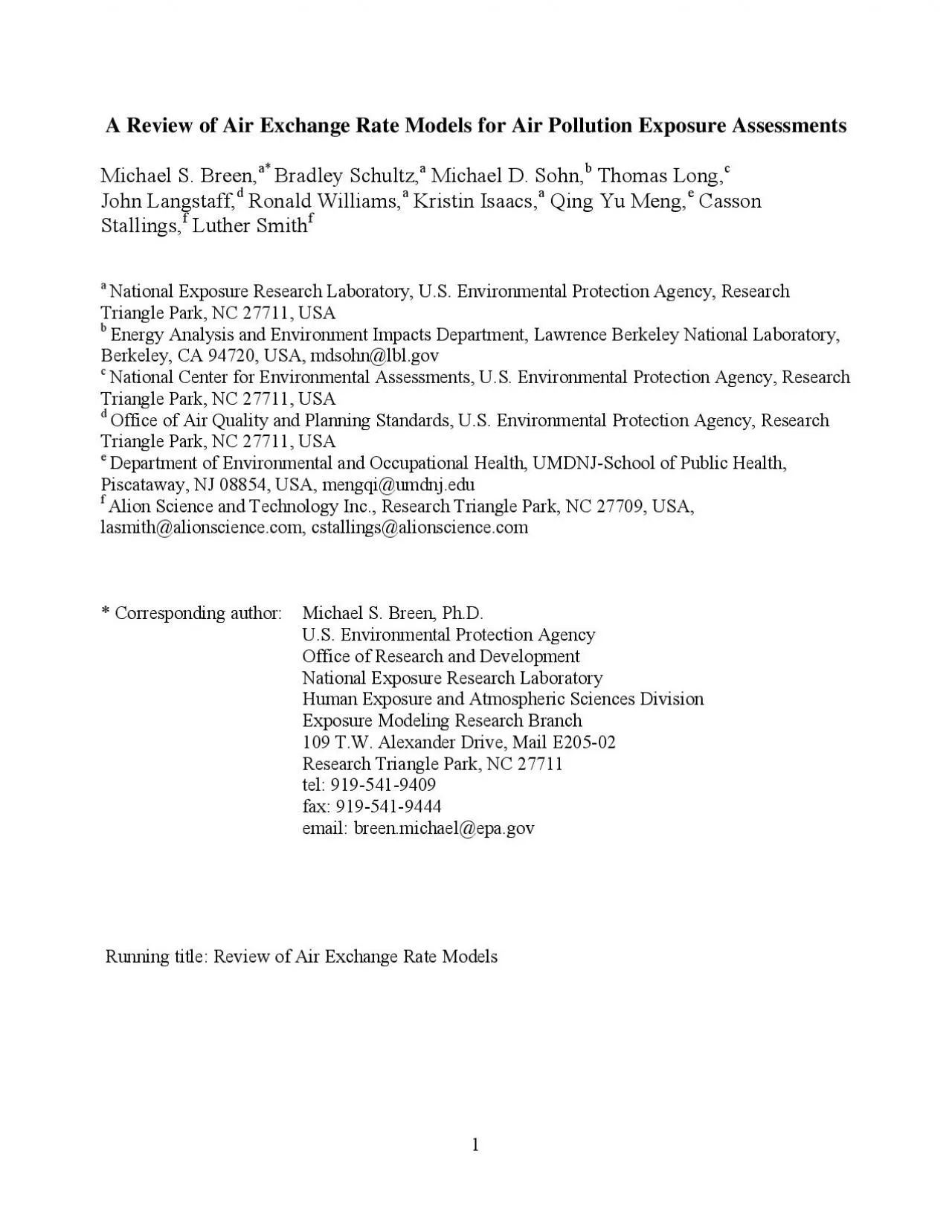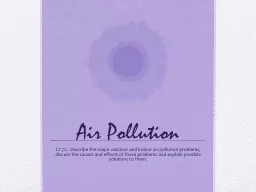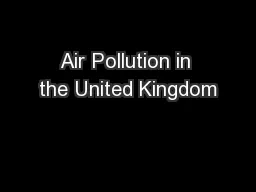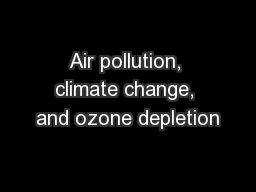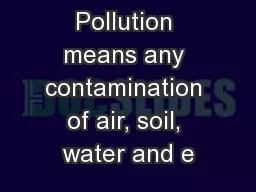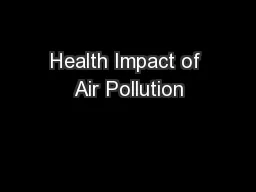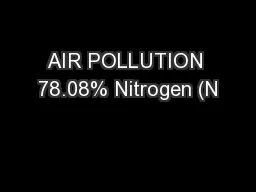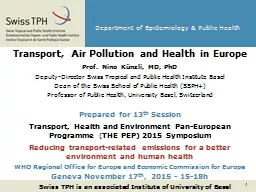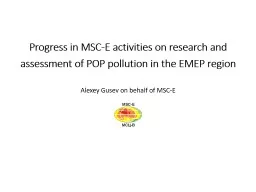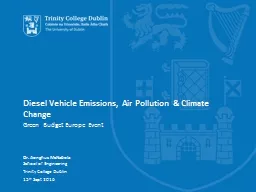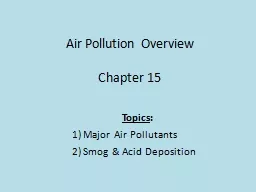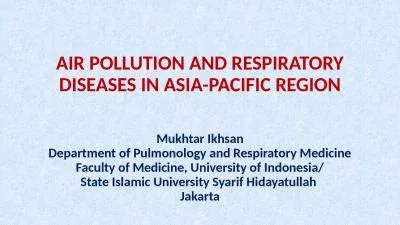PDF-A Review of Air Exchange Rate Models for Air Pollution Exposure Assess
Author : iris | Published Date : 2022-09-08
A critical aspect of air pollution exposure assessments is estimation of the air exchange rate AER for various buildings where people spend their time important
Presentation Embed Code
Download Presentation
Download Presentation The PPT/PDF document "A Review of Air Exchange Rate Models for..." is the property of its rightful owner. Permission is granted to download and print the materials on this website for personal, non-commercial use only, and to display it on your personal computer provided you do not modify the materials and that you retain all copyright notices contained in the materials. By downloading content from our website, you accept the terms of this agreement.
A Review of Air Exchange Rate Models for Air Pollution Exposure Assess: Transcript
Download Rules Of Document
"A Review of Air Exchange Rate Models for Air Pollution Exposure Assess"The content belongs to its owner. You may download and print it for personal use, without modification, and keep all copyright notices. By downloading, you agree to these terms.
Related Documents

